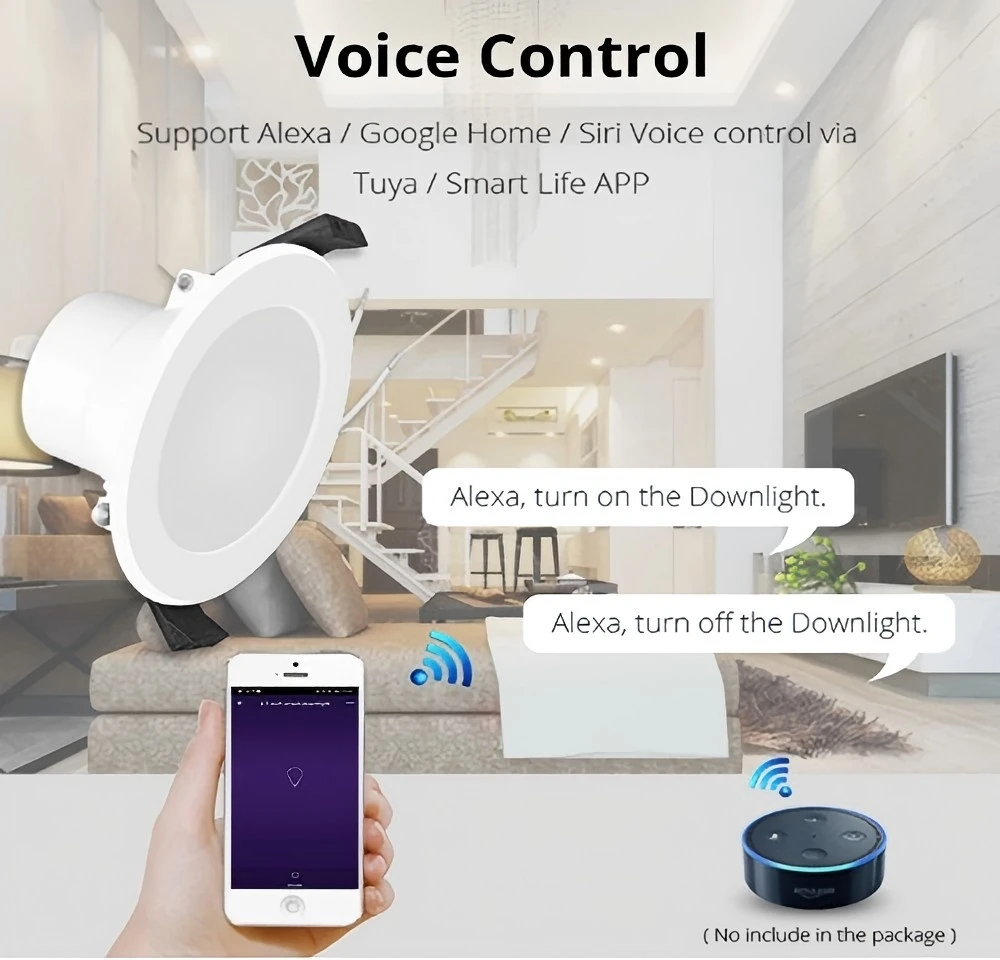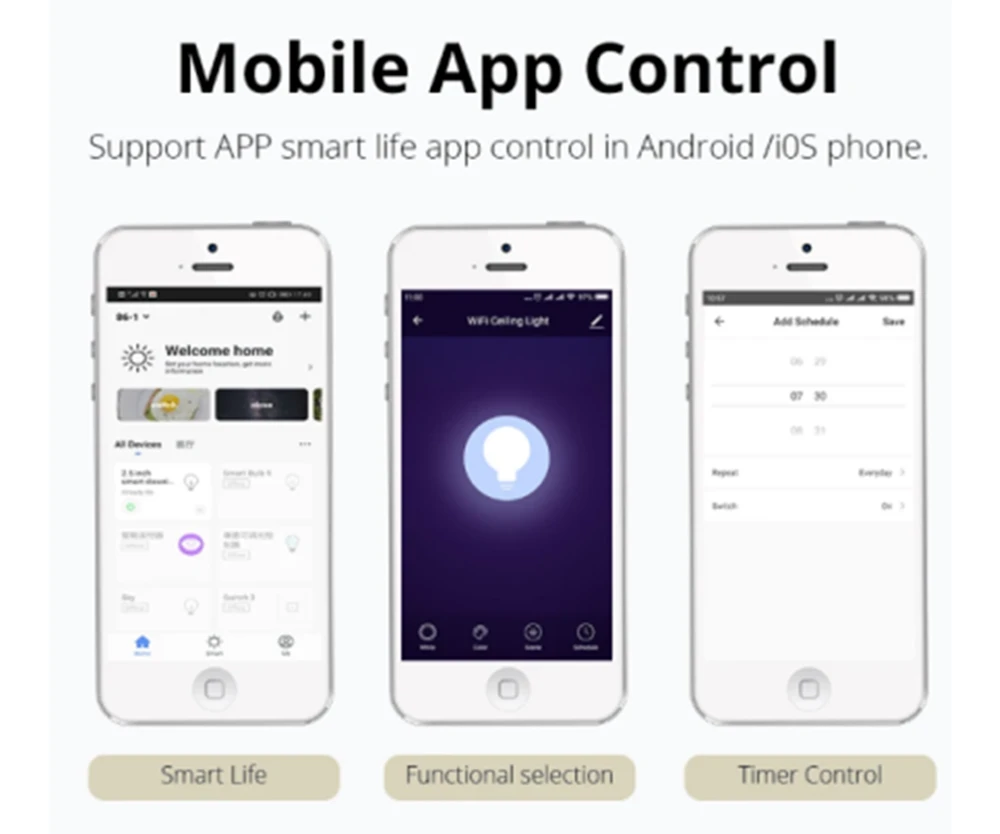Emerging Design Trends in the U.S. Downlight Market: Modularity, Smart Integration
The U.S. lighting market has seen significant shifts in the design and functionality of downlights over recent years. As an LED lighting manufacturer, understanding these evolving trends is vital to meet consumer demands and stay competitive. Here, we explore key trends shaping the downlight segment: modular design, smart technology integration, and shifting consumer preferences, backed by recent market insights.
Modular Design: Flexibility Meets Efficiency
Fixed fixtures, they allow independent customization of light engines, trims, and housings—supporting sustainability and future-proofing.
Market data shows 40% of U.S. commercial lighting projects now use modular downlights, up from 25% five years ago. Their key benefits include easier maintenance, less waste, and adaptable lighting for various spaces like offices and retail.

Smart Lighting: The Rise of IoT-Enabled Downlights
The integration of smart technology with downlights is a major trend, driven by IoT and smart home systems. Modern downlights often feature Wi-Fi, Bluetooth, or Zigbee connectivity, enabling tunable white light, dimming control, occupancy sensing, and voice assistant compatibility.
According to a 2022 NEMA report, nearly 60% of residential downlight sales include smart features, with growing adoption in commercial sectors. Consumers prioritize energy efficiency and personalized lighting, often controlled via mobile apps or smart hubs for enhanced comfort and productivity.
Aesthetic and eco-conscious designs are also key trends. Minimalist, ultra-slim downlights complement modern interiors, while energy-efficient LED modules with ENERGY STAR or DLC certifications remain in high demand.
Sustainability influences purchasing decisions, with around 70% of U.S. buyers considering environmental impact, recyclability, and carbon footprint. Manufacturers using sustainable materials and transparent supply chains see stronger brand loyalty.

Looking Ahead
The integration of modularity, smart technology, and sustainability is reshaping downlight design in the U.S. market. Manufacturers that prioritize adaptable, connected, and eco-friendly solutions are best positioned to succeed. As technology advances and consumer demands evolve, the downlight sector offers significant opportunities for brands leading with innovation.